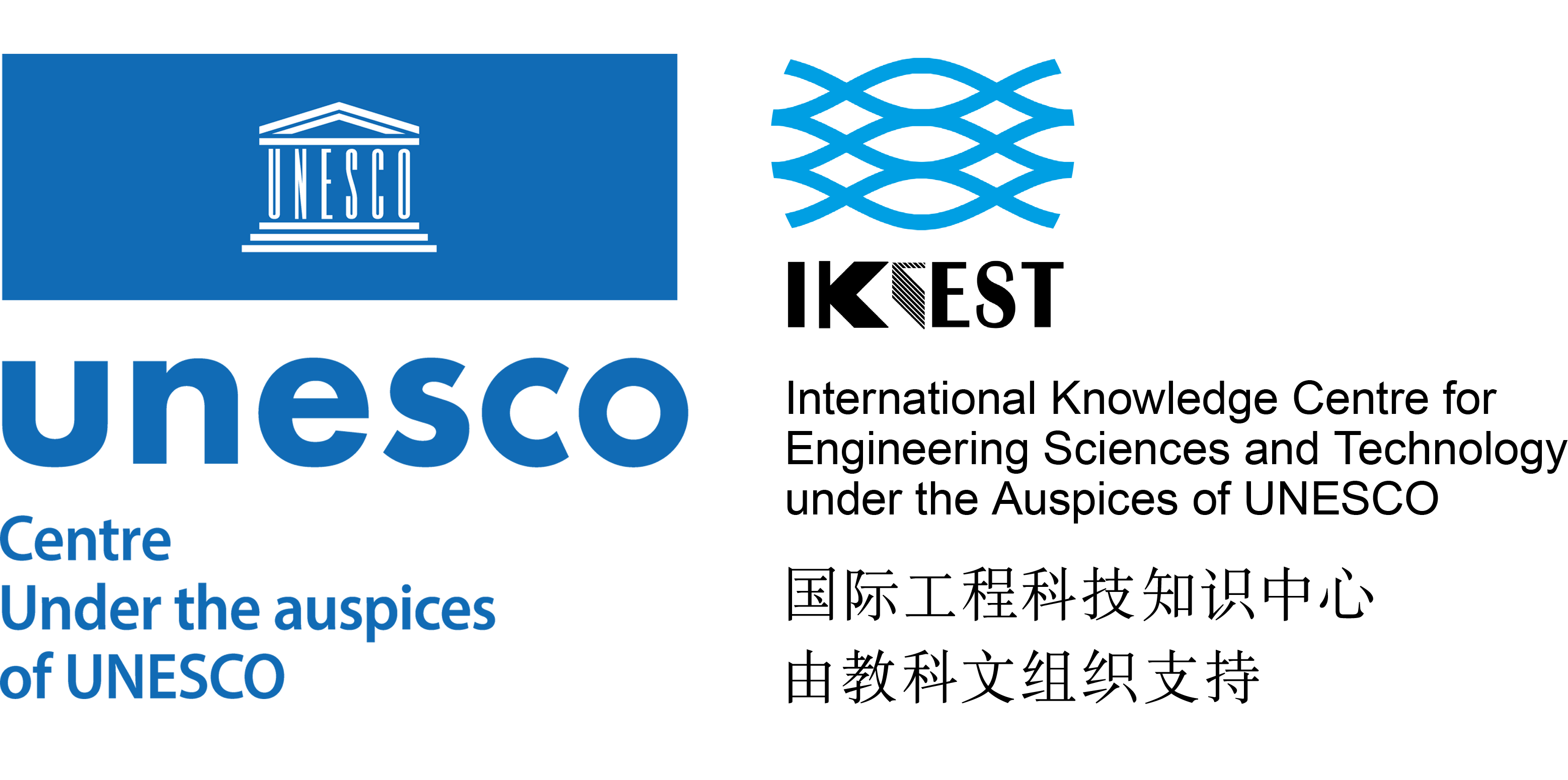Journal


Composites Part A: Applied Science and Manufacturing
Archives Papers: 1,711
Elsevier
Please choose volume & issue:
-
Monitoring the interface and bulk self-healing capability of tri-axial electrospun fibers in glass fiber reinforced epoxy composites
Abstracts:Tri-axial electrospun fibers with self-healing capability are fabricated through a direct, one-step tri-axial electrospinning process. They have been designed to have two distinct protective walls to encapsulate epoxy resin and its hardener as healing agents in separate cores. The presence of an extra layer between encapsulated liquid healing agent and outer layer enables the encapsulation of chemically and physically active healing agents, extends the efficiency and life-time of the healing functionality. Tri-axial electrospun healing fibers are incorporated to add self-healing capability into solo epoxy matrix and also utilized as an interlayer between glass fabric mats in glass fiber reinforced composite. Tri-axial electrospun fiber interlayers provide self-healing functionality at the interface of glass fibers with epoxy matrix, which is highly prone to failure. In addition, various structural health monitoring and non-destructive testing techniques coupled with traditional mechanical testing methods are employed to evaluate the self-healing efficiency of composite structures. In this study, successful and recurring self-healing ability of composite structures at the interface of glass fiber with the epoxy matrix are achieved and confirmed using different characterization techniques.
-
A multiple anisotropic material finite element and its application to stiffness tensor predictions for woven composite lamina
Abstracts:The effective anisotropic stiffness tensor of a woven composite lamina can be calculated by performing a finite element analysis (FEA) of the representative volume element (RVE); however, the complex geometry of heterogeneous RVEs makes meshing tedious. This paper develops two unique multiphase voxel elements (MVEs) that account for multiple materials within an elemental domain by utilizing the material properties at each integration point to develop local strain corrections. Studies performed on simple cuboid geometries show exceptional agreement with standard FEA results, and results from the new voxel elements are more accurate than previous MVEs presented in literature. The application for these new MVEs is demonstrated on plain and twill weave composite laminae, and the results generated are in exceptional agreement with experimental results available in the literature and computationally expensive studies using standard finite elements.
-
Bridging mechanisms of through-thickness reinforcement in dynamic mode I&II delamination
Abstracts:Z-pin through-thickness reinforcement is used to improve the impact resistance of composite structures; however, the effect of loading rate on Z-pin behaviour is not well understood. The dynamic response of Z-pins in mode I and II delamination of quasi-isotropic IM7/8552 laminates was characterized experimentally in this work. Z-pinned samples were loaded at both quasi-static and dynamic rates, up to a separation velocity of 12
m/s. The efficiency of Z-pins in mode I delamination decreased with loading rate, which was mainly due to the change in the pin misalignment, the failure surface morphology and to inertia. The Z-pins failed at small displacements in the mode II loading experiments, resulting in much lower energy dissipation in comparison with the mode I case. The total energy dissipation decreased with increasing loading rate, while enhanced interfacial friction due to failed pins may be largely responsible for the higher energy dissipation in quasi-static experiments. -
Cure history dependence of residual deformation in a thermosetting laminate
Abstracts:The cure history dependent residual deformation in a thermosetting composite laminate was investigated using bi-lamina strip sample with [0/90
4 ] stacking-sequence. The samples were subjected to cure cycles with different heating profiles. Significant dependence of the residual strip deflection was found to relate to (i) the interaction of thermal expansion and cure shrinkage of resin and (ii) dependence of resin modulus development on cure strain rate. The lamina constitutive model was proposed to include cure induced shrinkage and composite hardening during cure. The model was calibrated following the single and multiple ramps cure cycles and applied to a number of two hold stage cure cycles with constant maximum temperature. The heating ramp of the cure cycle was varied allowing decreasing the residual deformation at ambient conditions after cure. The presented methodology can be applied for designing the cure cycle to reduce the amount of residual deformation in composite materials from manufacturing. -
Non-covalent poly (2-ethylhexyl acrylate) (P2EHA)/functionalized graphene/h-boron nitride flexible composites with enhanced adhesive and thermal conductivity by a facilitated latex approach
Abstracts:Thermally conductive poly (2-ethylhexyl acrylate) (P2EHA)/functionalized graphene/h-boron nitride composites materials were fabricated by colloid blending and self-assembly approach. Here, self-assembly technology has been used to achieve the facile surface modification of hexagonal boron nitride (h-BN) microplatelets by forming a functionalized graphene (f-G) sheets on its surface via π-π interaction. The polar functionality on the graphene surface allowed the permeation of the polymer matrix through the secondary interaction between them, increasing the content of this hybridized filler in composite. The effective and successful fabrication of f-G@h-BN microplates have been confirmed by SEM, Raman spectroscopy, XRD, and TGA investigations. The self-alignment 2D stacked fillers result in higher in-plane thermal conductivities and excellent electrical insulation of the composites. In addition to the good adhesive properties, the procedure is environment-friendly, easy operation, and potential for the practical application in large scale.
-
Enhanced thermal conductivity of functionalized-graphene/boron nitride flexible laminated composite adhesive via a facile latex approach
Abstracts:Flexible fiber-reinforced laminated composite adhesive combining with functionalized-graphene (f-G) layer and hexagonal boron nitride (h-BN) layer was prepared by colloid-blending and self-assembly technology with the assistance of the secondary force and hydrophilic difference. In this system, poly (2-ethylhexyl acrylate) (P2EHA) as the polymer matrix linked the layer of functionalized-graphene and another layer of hexagonal boron nitride like the cross-linker or adhesive via self-assembly technology. Lewis acid-base (δ+−δ−) interaction and π-π stacking improved the compatibility between the filler and the polymer matrix. The effective and successful fabrication of flexible f-G/h-BN laminated composite adhesive has been confirmed by SEM, Raman spectroscopy, and XRD investigations. The oriented stacking and laminated structure resulted in much higher in-plane thermal conductivities (∼4.20
W/m K) and insulation in the direction through the plane and good adhesive properties. The procedure was environmental friendly, easy operation, and potential for the practical application in industry. -
Thermal stress analysis of the FGLCS in hypersonic vehicles: Their application to fuel injection struts in scramjets
Abstracts:This paper proposes a novel functionally graded layer composite structure (FGLCS) for use in hypersonic vehicles. It consists of a passive thermal protection layer made from ultra-high temperature ceramic composites, an interface layer of high temperature insulating material and an active thermal protection layer of alloy. The transient thermal stress alleviation characteristics of an FGLCS plate and an FGLCS strut under aerodynamic heating conditions were studied using a finite element method. Compared to a traditional ultra-high temperature ceramic (UHTC) plate and strut, FGLCS can greatly reduce the thermal stress level of structures, the stress relief can be up to 84% in a case study considered in this paper. In addition, the long-term and reusable performance of a prepared FGLCS strut, with much lower thermal stress, was completely validated for the first time by an oxy-propane testing system in a combustion environment.
-
Novel graphite-like carbon nitride/organic aluminum diethylhypophosphites nanohybrid: Preparation and enhancement on thermal stability and flame retardancy of polystyrene
Abstracts:Graphite-like carbon nitride (g-C
3 N4 ) was innovatively modified by diethylphosphinic acid through hydrogen bonding; g-C3 N4 /organic aluminum diethylhypophosphites (g-C3 N4 /DAHPi) hybrid (denoted as CDAHPi) was synthesized by salification reactions, and subsequently incorporated into PS matrix to prepare composites through melt blending method. Thermal data showed that g-C3 N4 could protect DAHPi from external heat, leading to improved thermal stability of DAHPi. Moreover, it was found that the introduction of the hybrid reduced the values of heat release rate (HRR) and total heat release (THR) of the composites. Compared with those of pure PS, the HRR and THR of PS/CDAPHi4 decreasing by 43% and 21% respectively were observed at loadings as low as 4.0wt%. The PS/CDAHPi exhibited an additional advantage in suppression of pyrolysis gas production in comparison with neat PS. In addition, the additive showed higher interfacial adhesion with PS. -
On the volume resistivity of silica nanoparticle filled epoxy with different surface modifications
Abstracts:It was found that metallic oxide nanoparticles may positively influence insulation properties of polymers working under high electric field. Herewith, four kinds of surface-modified silica nanoparticles were employed to fabricate epoxy nanocomposites. The surface properties of nanoparticles were characterized by Fourier-transform infrared spectroscopy, thermogravimetric analysis and contact angles. The effects of surface modification, filler fraction and test temperature on volume resistivity (
ρ v ) of epoxy nanocomposites were studied. It was found that, at different test temperatures, the long-alkyl-modified nanoparticles resulted in higherρ v values of epoxy and lessρ v sensitivity to temperature, compared to the short-alkyl-modified and hydroxyl-modified ones. The surface polarity of nanoparticles was found to correlate with theρ v values well. The surface modification may cause two possible mechanisms that affect theρ v values of the epoxy: (i) to offer the nanoparticles different levels of water absorption; (ii) to change the Maxwell-Wagner-Sillars polarization behaviors of the composites. -
Thermal mending in E-glass reinforced poly(ε-caprolactone)/epoxy blends
Abstracts:Blends of difunctional epoxy monomer with a 4,4′-diaminodiphenylsulfone hardener and poly(ε-caprolactone) (PCL) were used as a self-healing matrix in woven glass fibre-reinforced polymer composites (FRPs). FRPs with these blends (containing 0, 25 and 37
vol% of PCL in the blend) were manufactured through Vacuum Assisted Resin Infusion Moulding at high temperature and the matrix, resulting from polymerization induced phase separation, consisted of interconnected epoxy particles embedded in PCL. With 25 vol% PCL in the matrix, similar storage modulus and interfacial shear strength as compared to unmodified systems have been observed, however toughness was decreased by 40%. Up to 45% toughness recovery and over 100% stiffness recovery were observed over several cycles when the blend matrix composite samples were re-tested after a thermal cycle at 150 °C for 30 min. These composites can thus provide efficient crack healing, but remain more sensitive to initial crack propagation due to confinement of the thermoplastic phase.
Hot Journals
- Risk Breakdown Matrix for Risk-Based Inspection of Transportation Infrastructure Projects
- Social Control in Outsourced Architectural and Engineering Design Consulting Projects: Behavioral Consequences and Motivational Mechanism
- 2022 Best Paper Award
- Hold-Ups and Failures in Negotiated Order: Unearthing the Nuances of Rework Causation in Construction
- Prevalence and Risk Factors for Poor Mental Health and Suicidal Ideation in the Nigerian Construction Industry
- CFRP–Cable-Stayed Bridge Hybrid with Partial Suspension and a Span Exceeding 3,000 m: Concept, Optimization, and Construction
- Impact of Wind Load Characteristics on Computed Bridge Stay-Cable Forces Used for Bridge Health Monitoring
- Weak-End and Frequency Detection of Elastically Supported Bridges by Contact Residual Response of Two-Axle Test Vehicle in a Round Trip
- Development of Performance-Based Fragility Curves of Coastal Bridges Subjected to Extreme Wave-Induced Loads
- An Analytical Model to Evaluate Short- and Long-Term Performances of Post-Tensioned Concrete Box-Girder Bridges Rehabilitated by an Ultrahigh-Performance Concrete Overlay
- Three-Dimensional Velocity Distribution in Straight Smooth Channels Modeled by Modified Log-Law
- Experimental Investigation on Flow Past Two and Three Side-by-Side Inclined Cylinders
- An Experimental Investigation of Rotor–Box Aerodynamic Interaction 1
- Modeling Gas–Liquid Flow Between Rotating and Nonrotating Annular Disks
- Entry Length Requirements for Two- and Three-Dimensional Laminar Couette–Poiseuille Flows
Advanced Materials (3,745)
- Structured Perovskite Light Absorbers for Efficient and Stable Photovoltaics
- Strategies for High‐Performance Solid‐State Triplet–Triplet‐Annihilation‐Based Photon Upconversion
- Atomic Engineering Catalyzed MnO2 Electrolysis Kinetics for a Hybrid Aqueous Battery with High Power and Energy Density
- Crystal Adaptronics: Global Performance Indices for Dynamic Crystals as Organic Thermal Actuators (Adv. Mater. 20/2020)
- Enlightening Materials with Photoswitches
Acta Astronautica (1,768)
- Mixed-integer trajectory optimization with no-fly zone constraints for a hypersonic vehicle
- Adaptive control design for active Pogo suppression of large strap-on liquid launch vehicles
- Machine learning based approach for modeling and forecasting of GPS–TEC during diverse solar phase periods
- Effect of two-dimensional micro-cavity surface on hypersonic boundary layer
- Investigation on burning behaviors of aluminum agglomerates in solid rocket motor with detailed combustion model








 User Center
User Center My Training Class
My Training Class Feedback
Feedback




